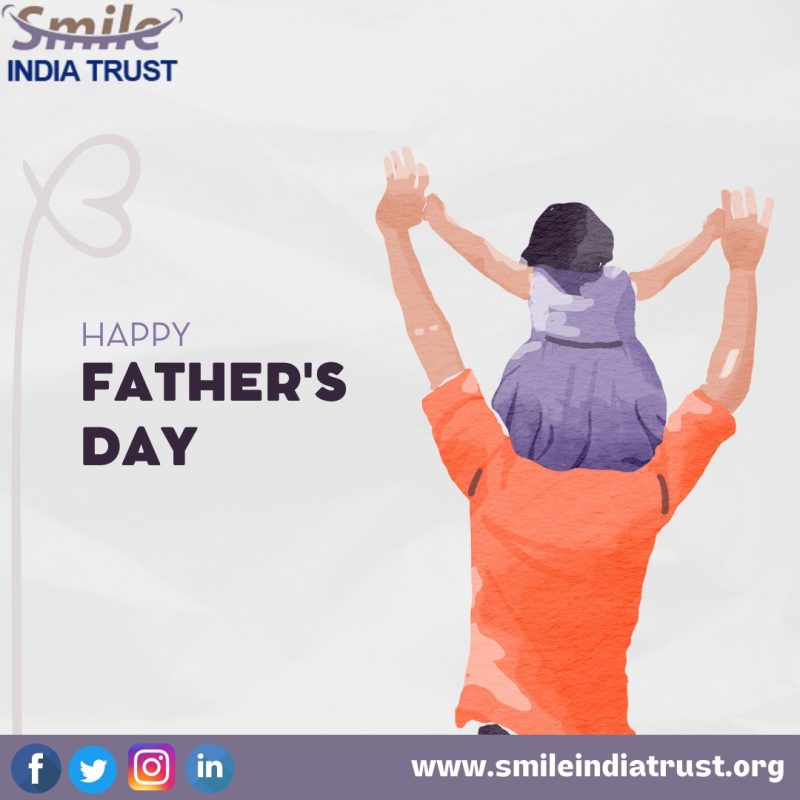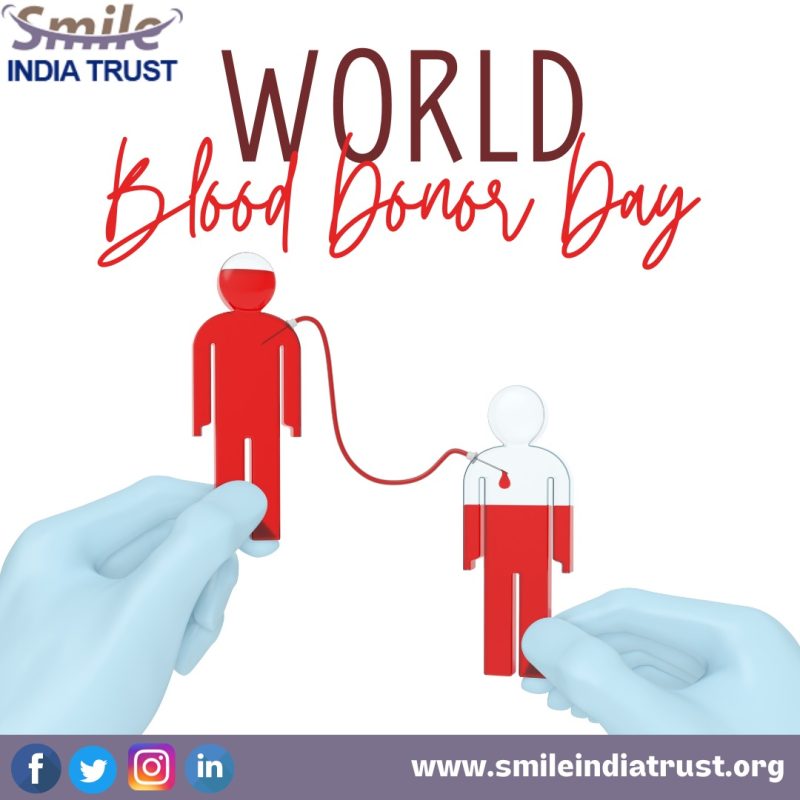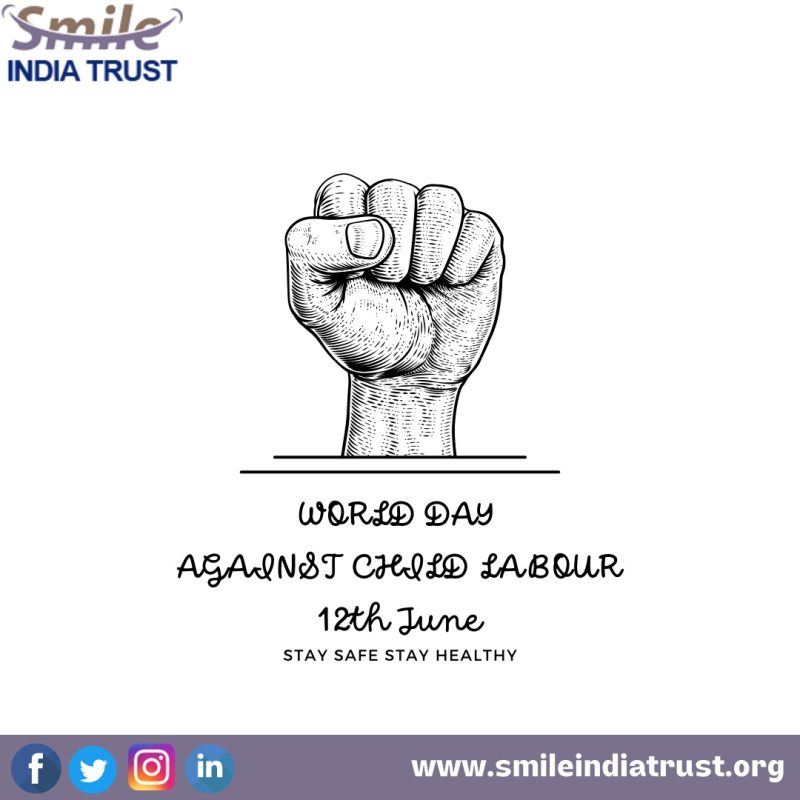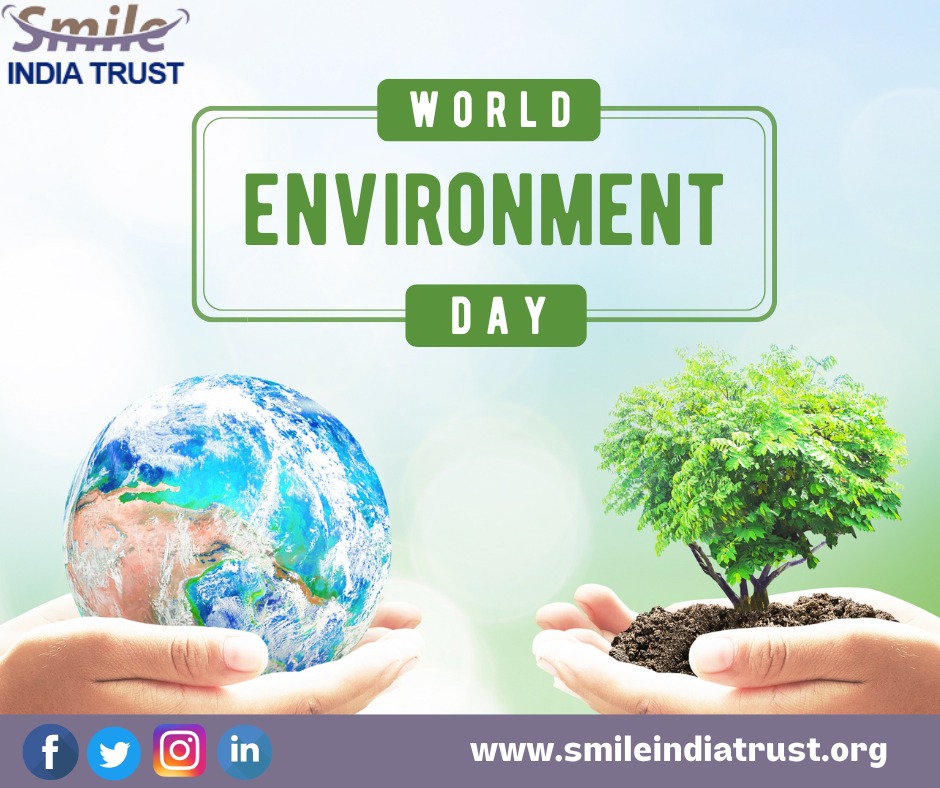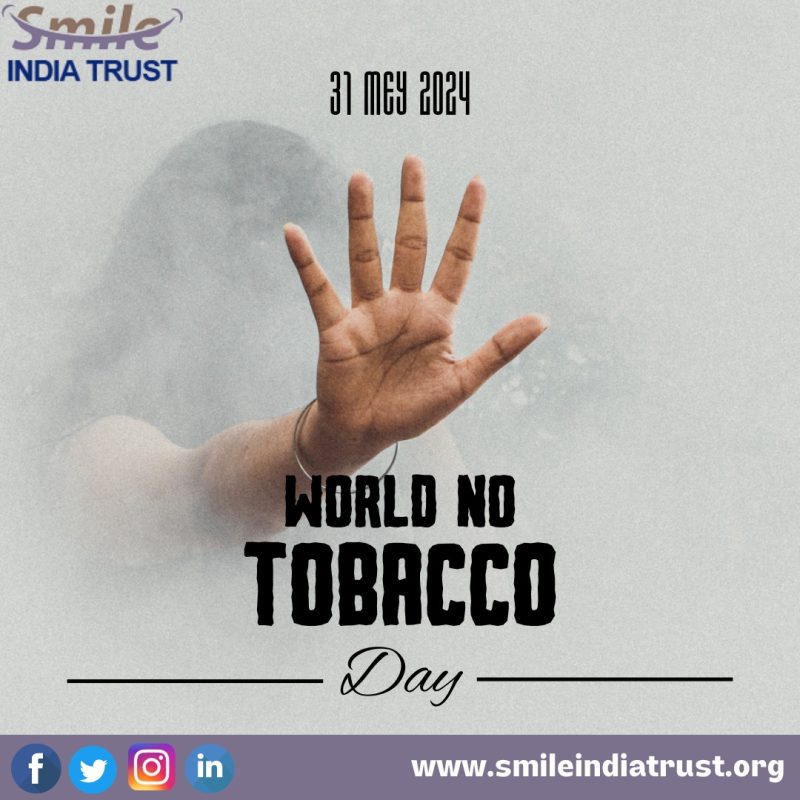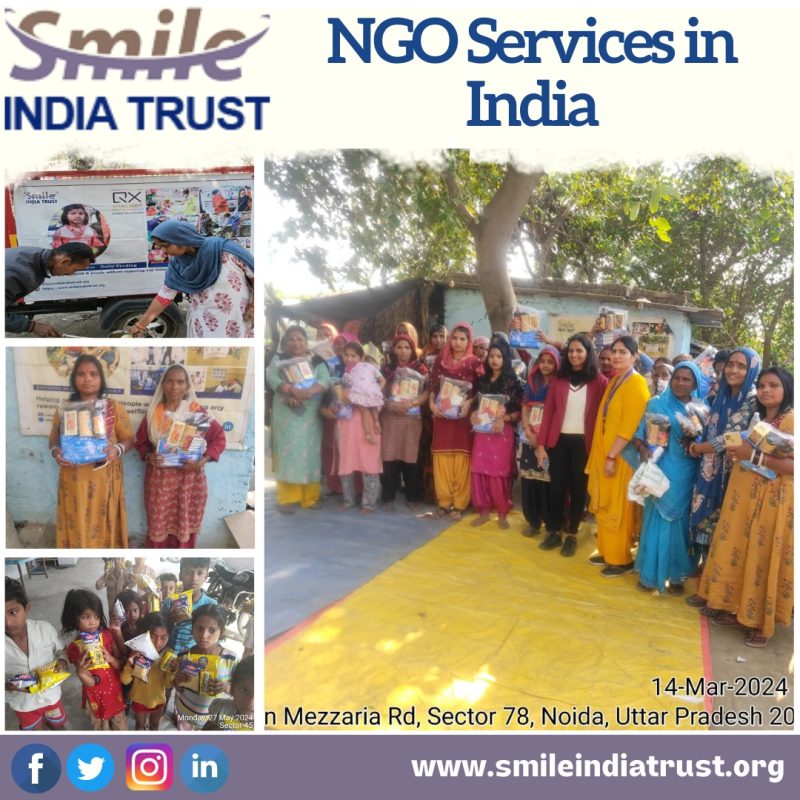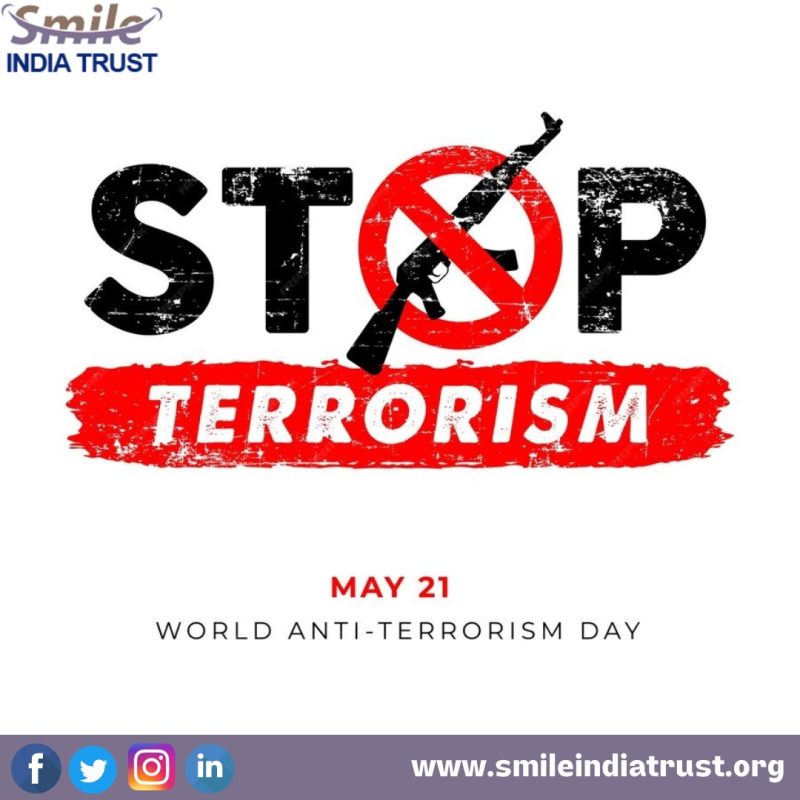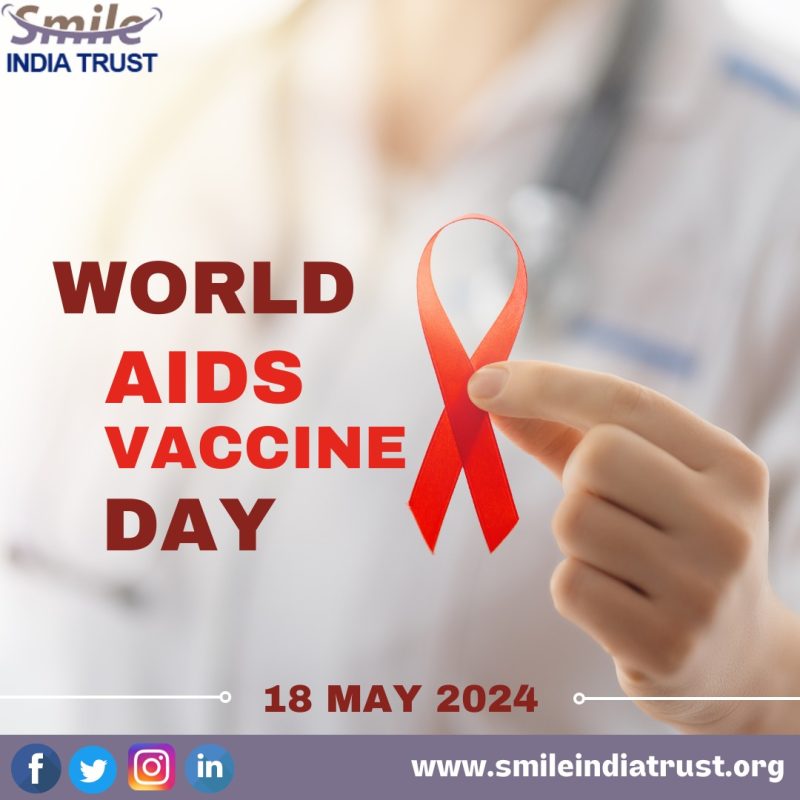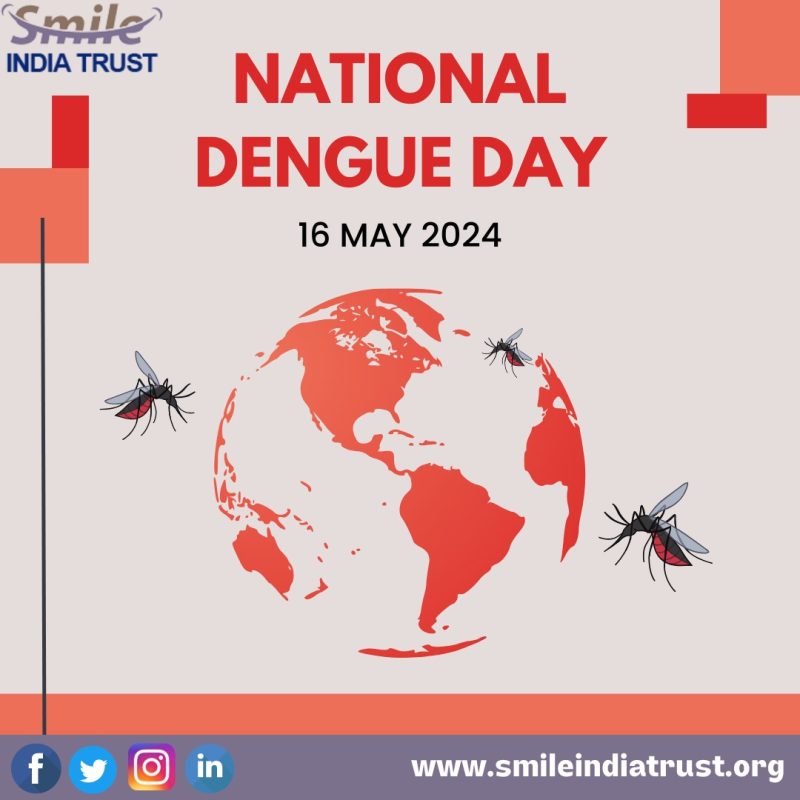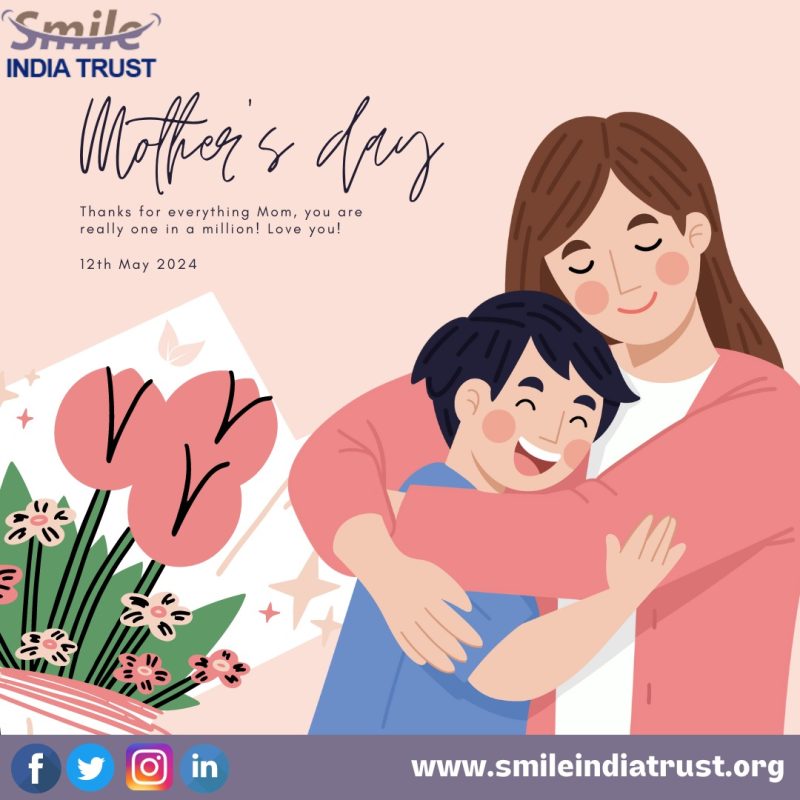Father’s Day is a day on which every father should be treated like a king by his family. A father is someone we appreciate for his sacrifices, but our appreciation is never enough. No matter how much we do. Every super dad in our lives is the pillar of our growth and the foundation of […]
Author Archives: Web Master
Blood donation is one of the most innovative achievements of medical science. In 1628, an English physician named Dr. William Harvey discovered that blood circulates around the body in a systemic circulation, with blood pumped around the brain and body by the heart. In 1665, Dr. Richard Lower carried out the first successful blood transfusion […]
Child labour is a very concerning and thoughtful topic to discuss, as addressing it can make a positive impact on the lives of children who have been forced into it. Child labour is an act when a child is forced or decides to work as labour, which is not allowed according to government laws. However, […]
A green environment is essential for human survival. Without a healthy natural world, wealth and fame are meaningless. There is no substitute for nature, and we should always keep this in mind. No matter how far science advances, nothing can replace the importance of nature and its role in sustaining life on Earth. On […]
Tobacco is a very harmful substance that is freely available in countries where there is no ban on it. People who consume tobacco not only endanger their own lives but also the lives of their families and contribute to the worsening of society. It is essential to address this issue if we wish to prevent […]
NGO Services: A typical human being desires to lead a decent life where they have all the necessities they require, and the same goes for their family. However, in India, a majority of people lack fundamental necessities due to social issues, which also hinder the growth of both the community and individuals who want to achieve […]
Terrorism is a severe threat that instills fear in the community. National Anti-Terrorism Day is observed in India to honor the memory of former Prime Minister Rajiv Gandhi, who tragically lost his life in a terrorist attack on this day in 1991. It is essential not to succumb to terrorism and instead unite to fight […]
On the occasion of World AIDS Vaccine Day, let’s spread hope and happiness to our community and society by protecting every single individual from this horrifying disease, which can be life-threatening. This occasion is a new beginning to raise awareness among ourselves about diseases we can have if we don’t have proper knowledge. That’s what […]
There are numerous diseases in our environment, such as allergies, infections, and more. However, the most severe of them is dengue, which is something no one would ever want to suffer from. Unfortunately, in India, the majority of people still suffer from this disease, which is prevalent. The concern is that the community is not […]
Smile India Trust is a non-profit organization celebrating Mother’s Day. This day is a symbol and a reminder of the hard work and effort that every mother puts in to make our lives better. It’s time to give back to them, and our organization is dedicated to bringing a smile to every mother’s face. We […]

